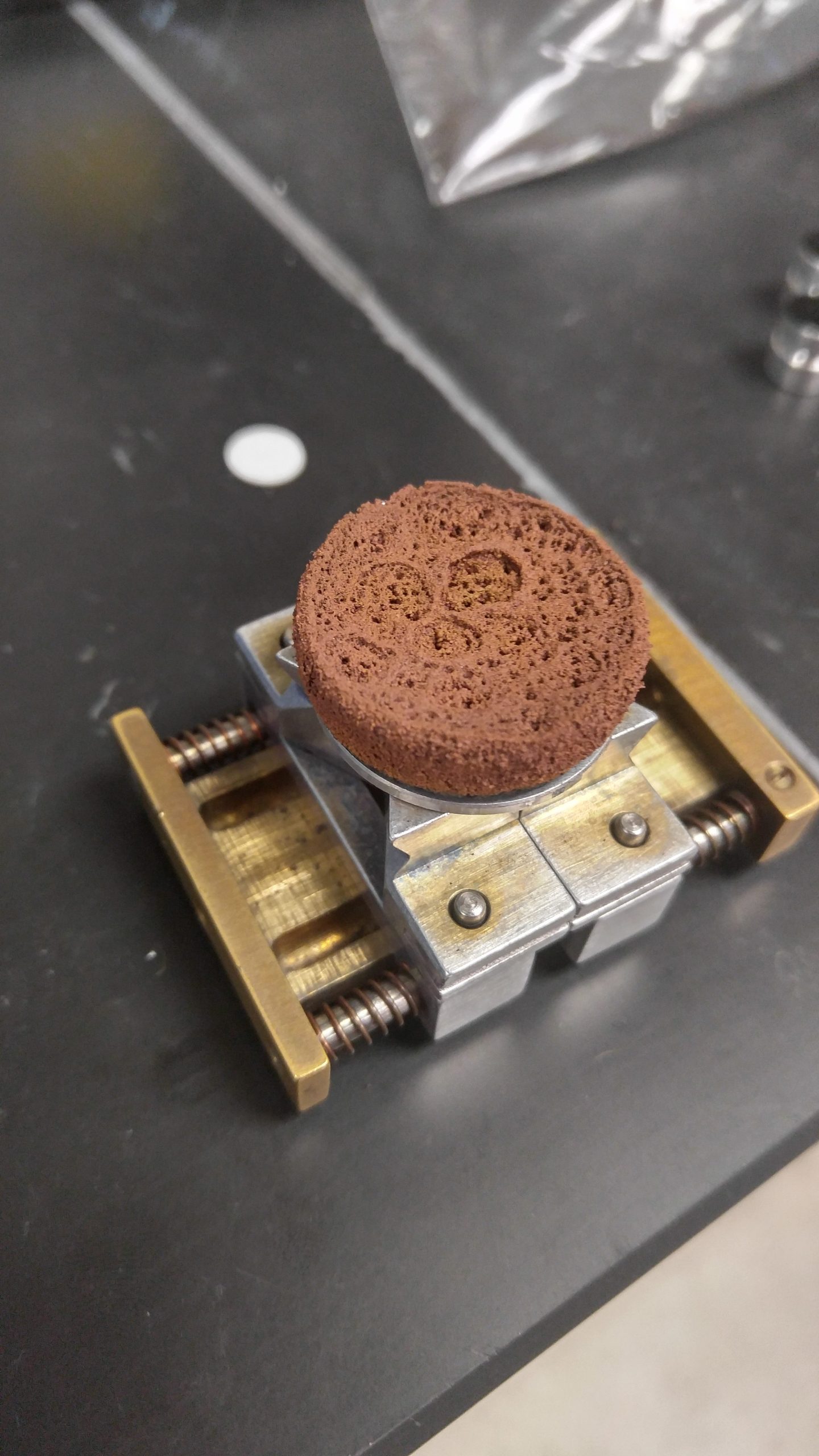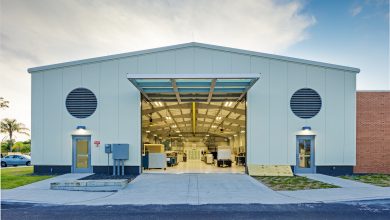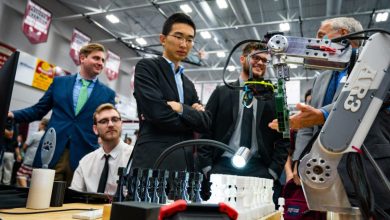NASA JPL 3-D Printing Team Switches Gears
The NASA JPL 3-D Printing team hit a few roadblocks early on with their senior design project, but through some innovative thinking, they came up with a different idea that may work even better.
Three teams set out to develop a 3-D printer that could use Martian regolith soil to build blocks. However, due to time constraints and money, they quickly realized their plan wasn’t possible. So they switched gears and decided to pursue the idea of a microwave kiln.
“There are other ways to make a brick,” mechanical engineering senior Adrian Zhanda said. “Initially we were thinking of a furnace, but then we stumbled onto the idea of a microwave kiln. A furnace uses a lot of power. You can use a microwave for the same process.”
Although it’s one senior design project, three teams work together to make it all happen. The systems team collects the soil, filters it, then passes it on to the sintering team. That team heats the regolith in the kiln, compressing the molecules into bricks. Then the robotic assembly team takes over with a robotic arm to assemble those bricks into a wall.
“The goal is to come up with a solution that they (NASA) can choose to build themselves,” Zhanda said.
The team will have a scale model to present to their client, NASA Jet Propulsion Laboratory, on April 15. So far, they are on schedule, hoping to have a prototype in the next week or two.
“We’ve proven that it’s possible,” mechanical engineering senior Muhammad Shah said. “This has never been done before on Mars regolith, which makes it very interesting.”
%CODE1MECHANICALENGINEERING%





